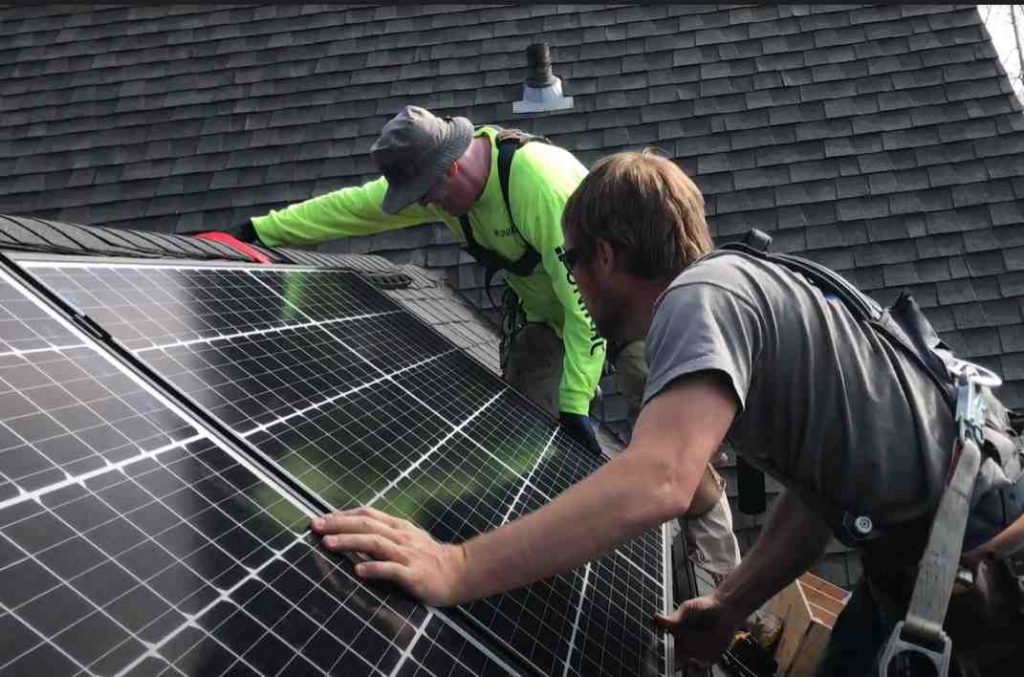Solar energy hits Earth for free, but the technology to turn that sunshine into electricity is costly. To make going solar more affordable, state incentives like the investment tax credit and rebates can significantly reduce upfront costs.
In New York, home solar incentives are available through the NY-Sun Megawatt Block Program and the Solar Equipment Tax Credit. Both offer cash rebates and a per-kilowatt-hour PBI that works alongside or instead of net metering policies.
1. Tax Credits
The federal 30% solar investment tax credit (ITC) is a great way to reduce the cost of your solar energy system. This is a significant savings that can easily offset installation costs.
The ITC is available to homeowners who purchase or lease a home solar energy system. However, it will start phasing out in 2023, so now is the best time to take advantage of it.
Additionally, some states offer solar state tax credits that work much like the federal ITC by reducing your tax liability. These vary in amount and availability, so we recommend checking out our state incentives page to learn more. For example, in New York, residents can receive cash rebates and a state tax credit that can greatly offset the cost of a home solar system. Moreover, in Indiana, residents can benefit from the renewable energy property tax exemption which allows homeowners to install solar panels without having to pay for any additional real estate taxes.
2. Rebates
Homeowners who choose to purchase solar panels outright can take advantage of federal and state rebate programs. They can also benefit from property assessed clean energy (PACE) loans and net metering policies.
The federal 30% investment tax credit (ITC) is an excellent incentive for new solar installations, but it will decline in 2022 and expire entirely in 2034 unless Congress extends it. The NY-Sun Megawatt Block Program offers homeowners rebates of $0.20 per watt in the Con Edison service area and $0.30 per watt in upstate regions, but this incentive is limited and may already be depleted in some areas.
A top NY solar company can help you determine whether or not these incentives are available for your project. Rebates are typically awarded through your local government or utility, and your installer will submit the necessary paperwork on your behalf. You can also check DSIRE’s database of state incentives for solar for more details on programs available in your region.
3. Loans
Purchasing solar requires an investment, but it’s a smart one that can yield significant energy cost savings over the 25-year warrantied life of the system. Just like any other major purchase, you can make it more affordable by financing with a loan.
Many solar installation companies offer financing directly through their own financing company, or they can recommend a third-party lender with competitive rates and terms. The main advantage of going with the financing offered by your installer is convenience – you can usually apply, be approved and start work on your solar energy system in the same day or week.
The best solar loan for you depends on your financial capacity and credit profile, as well as whether your local government offers a program to purchase solar energy from homeowners. If your local government doesn’t, you can still shop around for a mortgage refinance or home equity loan that will allow you to claim the federal solar investment tax credit and take advantage of any state or local incentives.
4. Leases
In some states, homeowners can lower the cost of a solar energy system by using a leasing option. Generally, these leases involve paying a monthly fee to use a rooftop solar energy system instead of paying for a larger electricity bill. This is an attractive option for people who don’t want to own the panels or don’t have enough space.
However, as with home improvement loans, you’re still responsible for the maintenance of a solar power system that’s leased. Also, the repayment term is usually longer than that of a mortgage or home equity loan.
Increasing the number of households that go solar will help drive down energy costs for all. SETO-funded efforts focus on equitable access to solar through innovations in community solar development, financing, and workforce development. These strategies support household energy savings, resiliency from distributed energy, and building community wealth.

